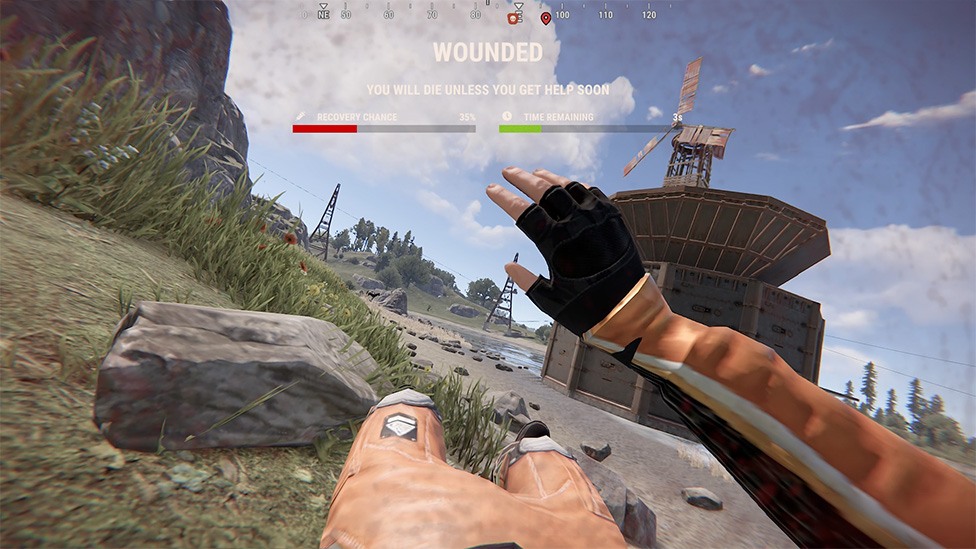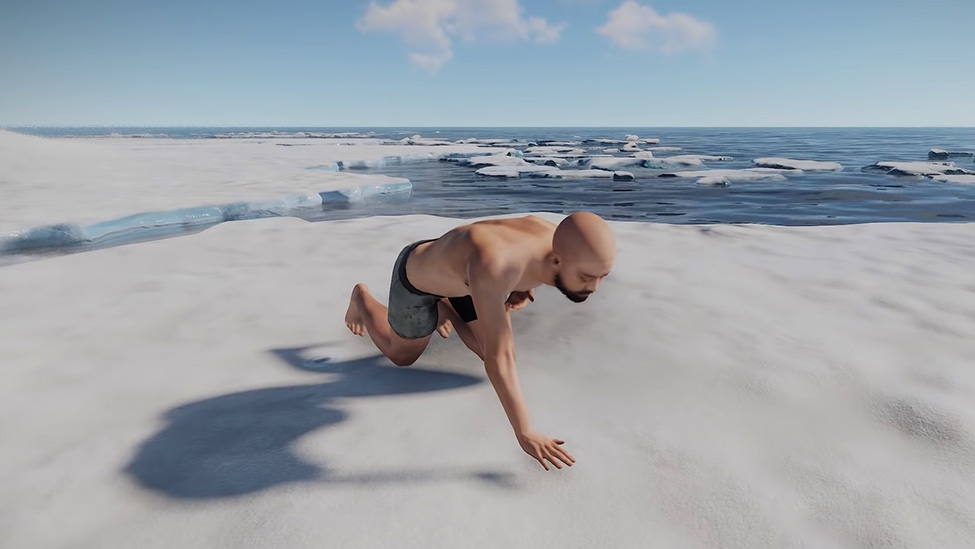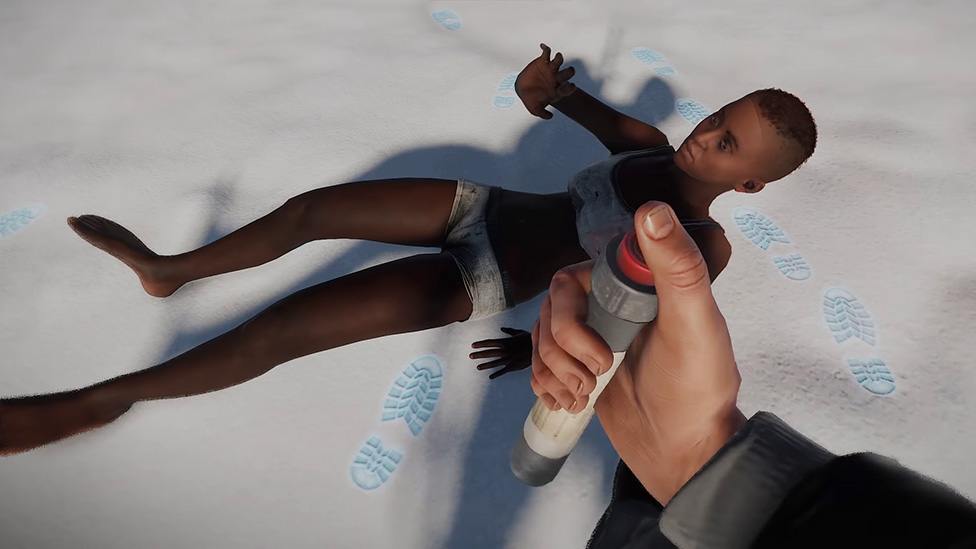Rust Wounded System Guide: Navigating Injury and Recovery

Make Your Own Rust Server
The wounded system in Rust introduces a layer of complexity to the survival experience. Waving away from being attacked by animals that have managed to victimize you, fighting against other players and lost or defeated by the natural nature of the environment, the Rust wounded system is developed to be an integral part in determining your next move in the game. As we dive into this guide, we shall get details into the complications of the wounded system, all to equip you with valuable info towards steering injuries and emerging victorious in the harsh landscapes of Rust.
Looking for the best Rust server hosting? You're in the right place! At Scalacube, our job is to give excellent services for avid Rust server fans. Whether you're an experienced player or a beginner, our devoted servers are created to cover all your Rust hosting requirements.
Experience flawless multiplayer gaming with our tweaked Rust MP hosting solutions. Wondering how to make a Rust server? Scalacube makes it simple with easy-to-understand tools and unmatched support create rust server today!
Our Rust dedicated servers prioritize efficiency, guaranteeing low-delay connections and superior stability. Leave server-related issues behind and focus on mastering the Rust gaming environment. Trust Scalacube for your Rust hosting needs, providing dependability and unrivalled performance. Boost your Rust multiplayer sessions with Scalacube—where hosting matches brilliance.
Understanding the Rust-Wounded System

Causes of Injuries: Unraveling the Source
An injury in Rust can be caused by combat, environmental hazards, falling, and encounters with wild life among others. Knowledge of the causation is important both in devising ways to prevent the injuries and how best one can recover from it if it happens. Both PVP confrontations, and the treacherous terrains demanded the players play safe to avoid sustaining the injuries.
Impact on Health: Grasping the Severity
The degree of severity depends on the type and extent of wound caused and directly affects a player's health through the wounded system. With some causing gradual depletion of health due to minor wounds, the management ranging up to the scope of critical injuries demanding immediate attention and action in relation to wound recovery.
Strategies for Recovery
Medical Items: Administering First AidRust offers a variety of medical supplies ready for equipping oneself from them in case health boost and restoration will be needed somewhere. Bandages, syringes, and medical kits – these are necessary to start first-aid activities with. It is definitely going to pay off if one learns the right time and method needed for the use of the tools at hand so that he can recover fast during combat or when traveling dangerous zones.
Home Base Advantage: Utilizing Safe Spaces
Another good asset in recovery is a well-equipped home base. Stock the base with medical supplies for an in-stock, secure respawn area safe for healing. Use sleeping bags as a spawn point near the base to keep the continued risk of lengthy runs to return from respawns injured at a minimum.
Advanced Wounded System Mechanics

Bleeding and Compound Fractures: Managing Critical Conditions
Some injuries, such as bleeding and compound fracture types, will require specialized care. Able to manage such critical conditions is important. Use bandages to help stop a character's bleeding and take care of the compound fractures first to prevent long periods of being disabled. Learning these advanced mechanics make sure your character can get right back up again.
Team Dynamics: Collaborative Healing
Team dynamics arrive for better healing in the system in multiplayer scans. The team mates can give medical aid to their wounded, replenishing supplies as well as coordinating their efforts in regards to healing. Additionally, building a dependable team allows working together when exploring the damaged system.
How do injuries occur in Rust?
This means that in Rust, injuries can be caused by fighting, environmental danger, falling from great heights, as well as contacts with fauna. In order to prevent such injuries, one needs to stay on guard all the time.
What is the impact of the wounded system on health?
The wounded system itself influences player's health directly since it is through this way that various levels of severity are caused due to the inflicted injury and their type.
What are effective strategies for recovery in Rust?
Use medical items like bandages, and syringes for first aid. Provide a completely-engaged home base to heal safely and understand advanced mechanics to control critical conditions.
How do team dynamics play a role in navigating the wounded system?
In multiplayer sessions, therefore, team dynamics may involve helping each other out with the recovery process. It may be healing others, providing the resources or even communicating the exact time for healing and through it, one is able to help the other team members.
Conclusion
The key for any survivalist is being able to steer through the wounded system in Rust. Players who have understood injuries' causes, their effects on health and the tactics of getting well again are more likely to persevere over adversities and emerge victoriously. By mastering the mechanics of the wounded system and embracing collaborative healing in team dynamics, players will be able to succeed in the challenging landscapes of Rust.Make Your Own Rust Server
Copyright 2019-2025 © ScalaCube - All Rights Reserved.